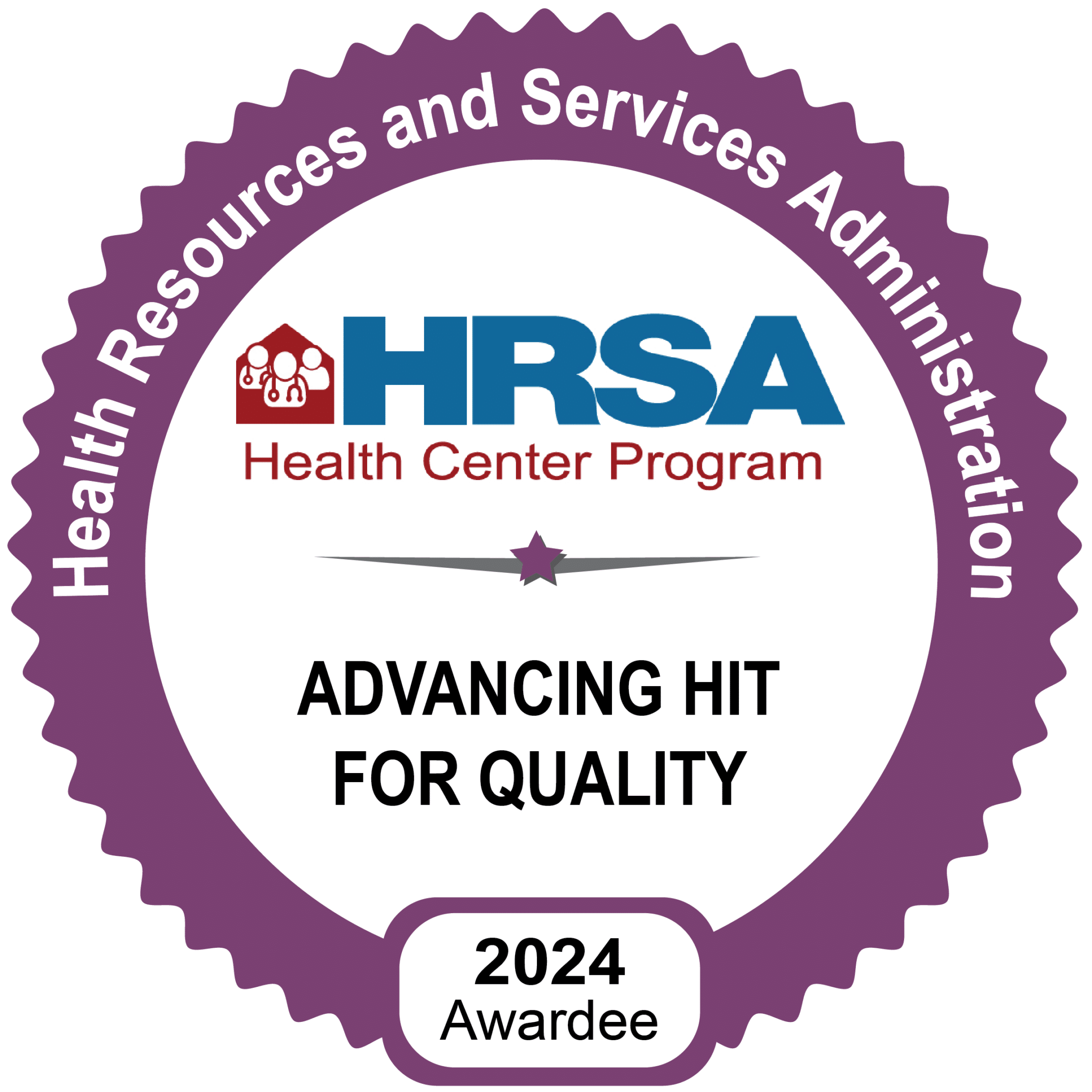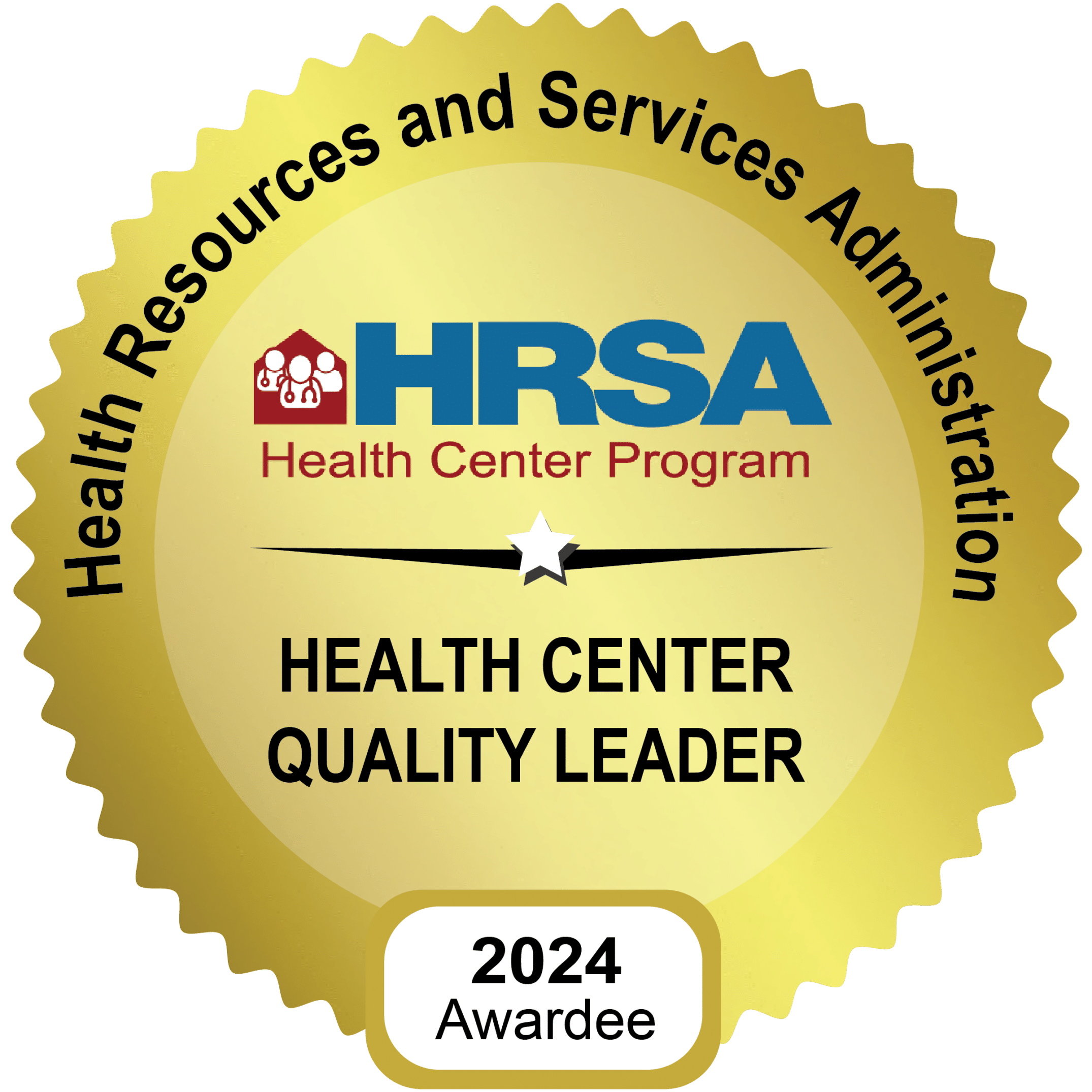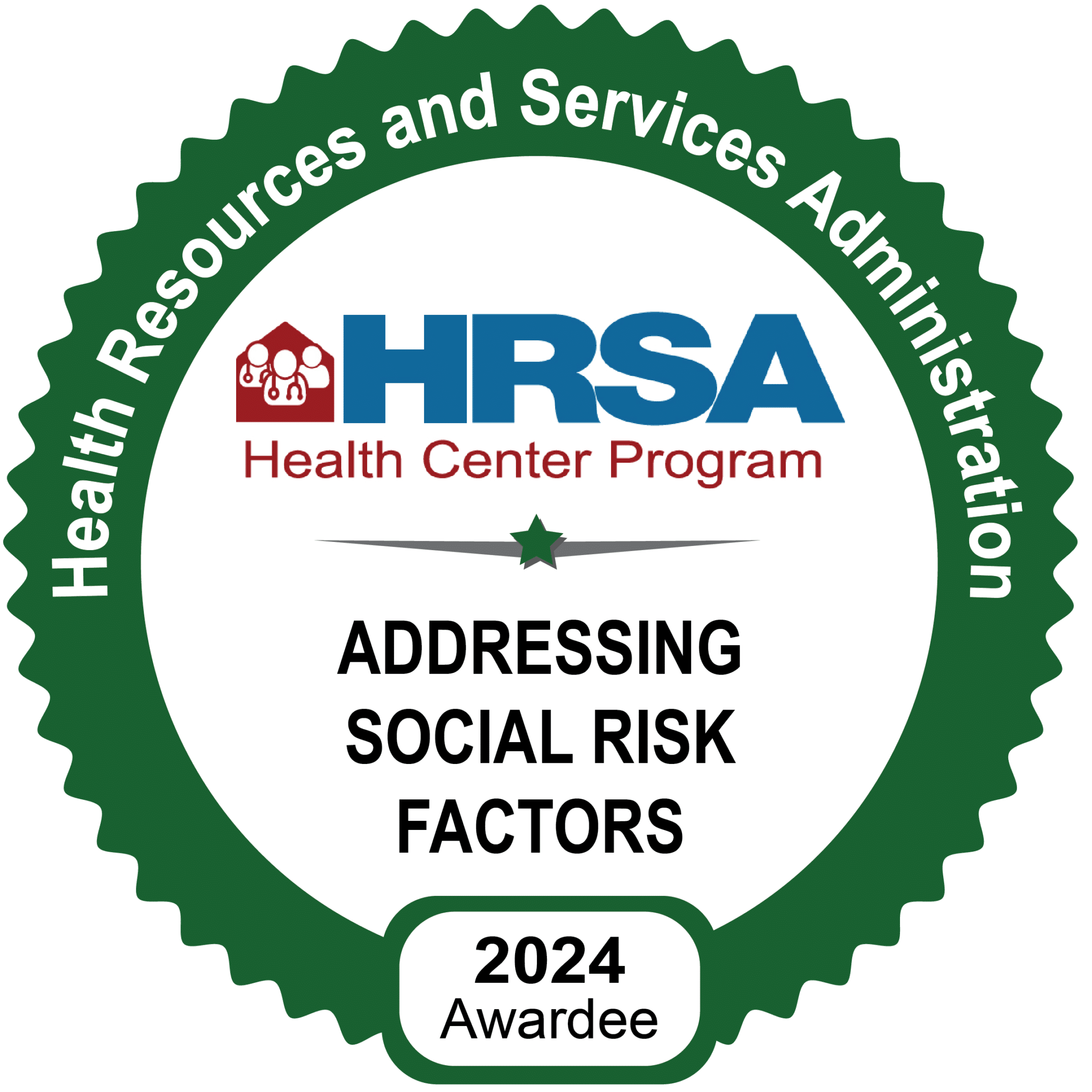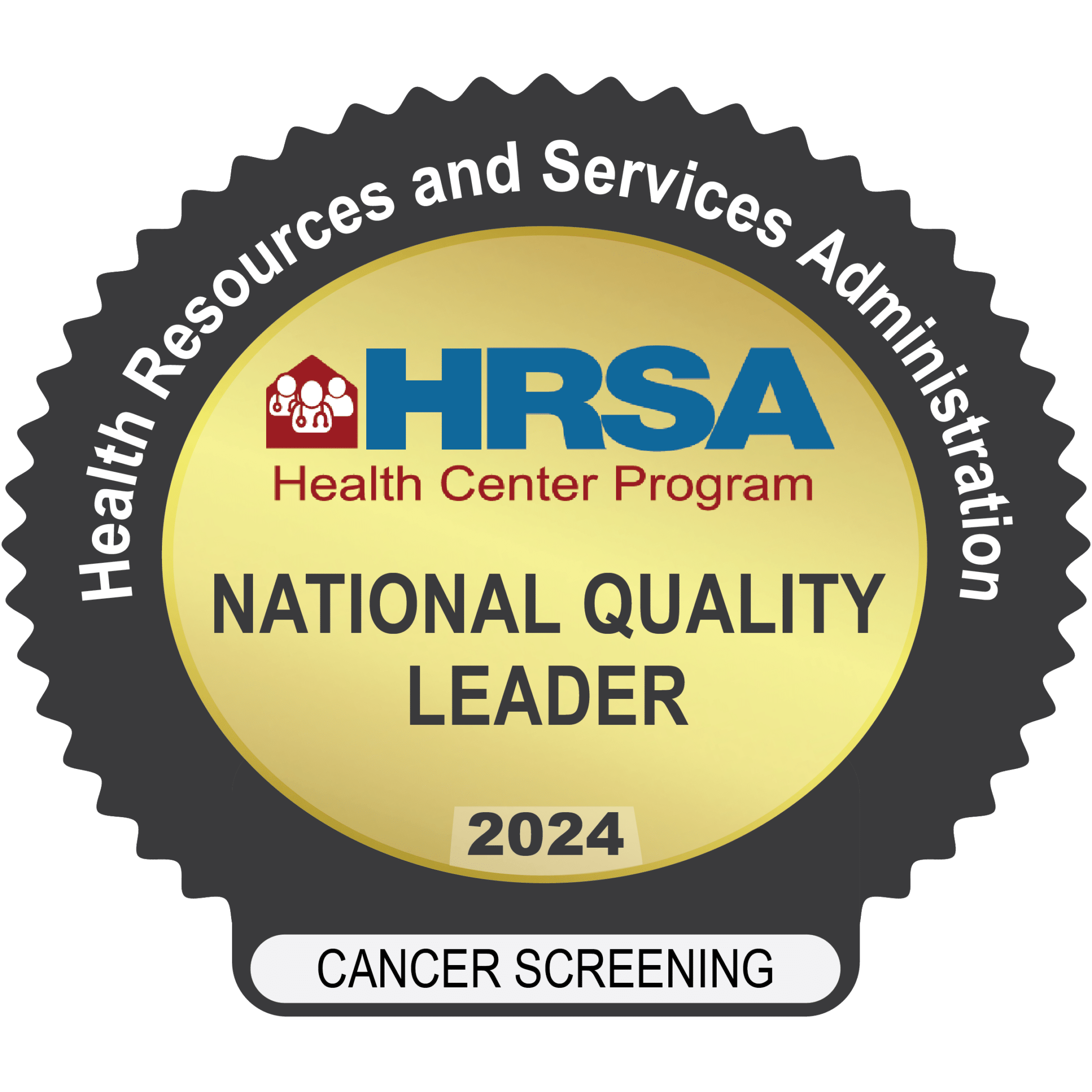Don’t Wait for an Attack to Act
While February is certainly laden with boxes of candy hearts and professions of love, nearly half of Americans experience the effects of cardiac disease, a preventable condition thanks to healthy lifestyle choices that can reduce the chances of developing heart disease. While genetic factors can contribute to cardiovascular disease, as much as 80% of heart diseases can be preventable. It’s never too late to invest in heart health and education that can help you understand your risk factors, what signs to look for, and how to prevent heart attacks.
5 AMERICAN HEART MONTH FACTS
- Heart disease kills more than 600,000 Americans every year.
- Chest discomfort or a heart attack is the first sign of heart disease.
- Unhealthy habits contribute to heart disease.
- Time is of the essence when someone is having a heart attack.
- Women have the less typical heart attack signs.
While chest pain is the most common and well recognized sign of a heart attack, it is often brushed aside as indigestion or heartburn. It’s important to know your risks, especially if you have a history of heart disease in your family or if you are subject to certain risk factors, such as smoking or kidney disease. Knowing what signs to look for and immediately calling 911 can greatly improve your long and short term outcomes.
HEART ATTACK SYMPTOMS
- Pressure or squeezing sensations in your chest
- Pain in one or both arms, back, neck, jaw or stomach
- Shortness of breath
If you’re a bystander and someone nearby is showing any signs of a heart attack, don’t wait for the symptoms to go away before beginning chest compressions and starting first aid. The only wrong thing that you can do when someone is experiencing a heart attack is to do nothing.
The jury is still out debating the effectiveness of setting a New Year’s Resolution, especially since only 9-12% of people keep their commitment that they’ve set at the beginning of the year. Rather than setting a resolution for change, many have begun setting intentions for the new year. Some even think that undergoing radical lifestyle makeovers can be setting yourself up for unattainable goals and inevitably, failure.
HOW CAN YOU REDUCE YOUR RISKS AND PREVENT STROKE AND HEART ATTACK?
- KNOW YOUR NUMBERS: Be sure to check your fasting glucose, blood pressure, cholesterol and BMI.
- MAINTAIN A HEALTHY DIET: Choose foods that are low in fat, added sugar and salt and include a variety of fruits and vegetables along with whole-grain or high-fiber foods. Limit intake of red meat and fish to lower your risk of heart disease.
- STAY ACTIVE: Regular exercise of 30 minutes a day can strengthen your heart and reduce the risk of heart attack and stroke.
- KEEP STRESS IN CHECK. Anxiety and stress can increase the risk of heart disease. Taking care of your mental health by finding stress-relieving outlets can have effects on the overall health of your entire body.
- GET YOUR ZZZs. A good night’s sleep gives your body time to recharge and repair itself from the day. Your metabolism and blood pressure are affected by the amount of sleep you get, so if you have trouble falling asleep, limit your caffeine intake and take advantage of meditation and other bedtime routines that can help you to get the recommended 7-8 hours of sleep per night.
- STILL SMOKING? QUIT. Not only a contributor to heart disease, smoking is the most preventable cause of death in the United States.
One month in, now is as good a time as any to jump start healthy habits that can keep your heart ticking in perfect rhythm. At Teche Health, we provide medical care and nutrition counseling to help our patients live long and productive lives. Celebrate your heart year round, not only on Valentine’s Day and take the necessary steps to promote cardiovascular health.




